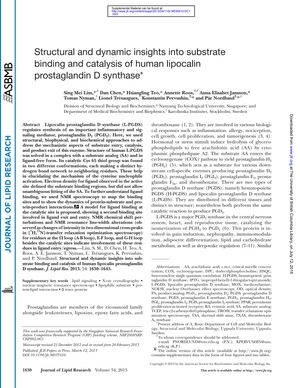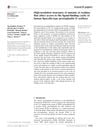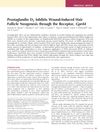Structural and Dynamic Insights into Substrate Binding and Catalysis of Human Lipocalin Prostaglandin D Synthase
March 2013
in “
Journal of Lipid Research
”

TLDR The research explains how a human enzyme binds and processes its substrate, which could relate to its role in biological functions and hair loss.
The document from 2013 explores the binding and catalysis mechanisms of human lipocalin prostaglandin D synthase (L-PGDS), an enzyme involved in the synthesis of prostaglandin D₂ (PGD₂). The researchers used X-ray crystallography and NMR spectroscopy to solve the structure of L-PGDS with a substrate analog and to map the binding sites, revealing two different conformations of the catalytic Cys 65 thiol group and suggesting a model for ligand binding. They identified key residues involved in substrate recognition, catalysis, and product release, and showed that ligands increased the thermal stability of L-PGDS and could inhibit its catalytic activity. The study also indicated that L-PGDS interacts with membranes, which could regulate the release of PGD₂ into the lipid bilayer of the endoplasmic reticulum. This research contributes to the understanding of L-PGDS's role in biological processes and its potential link to hair loss and alopecia.





